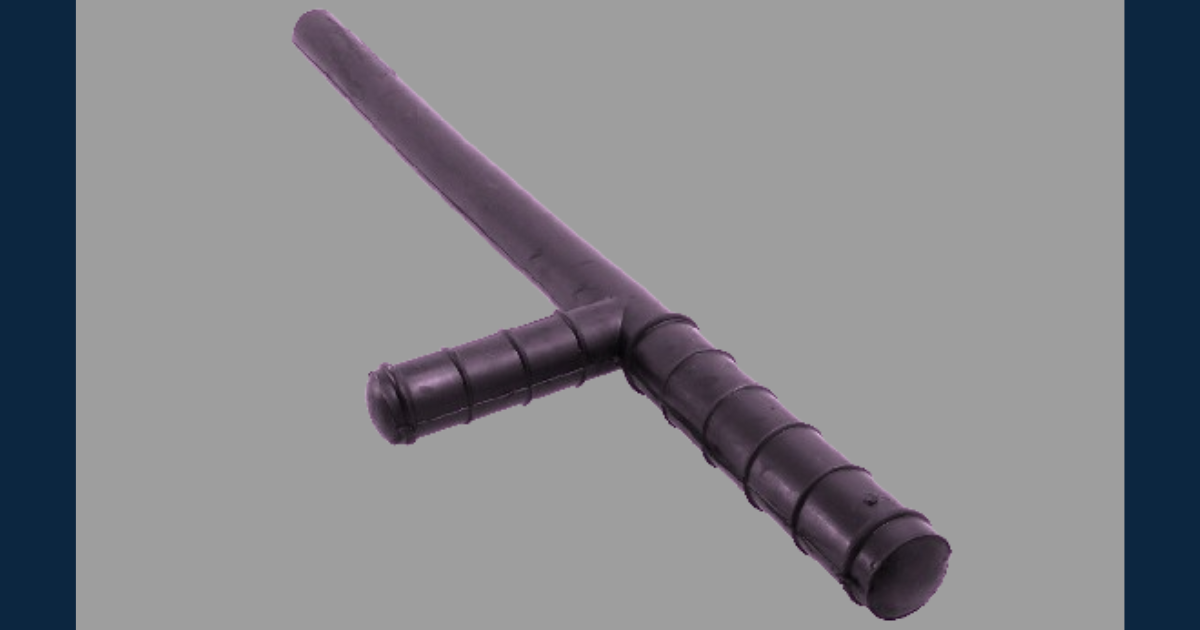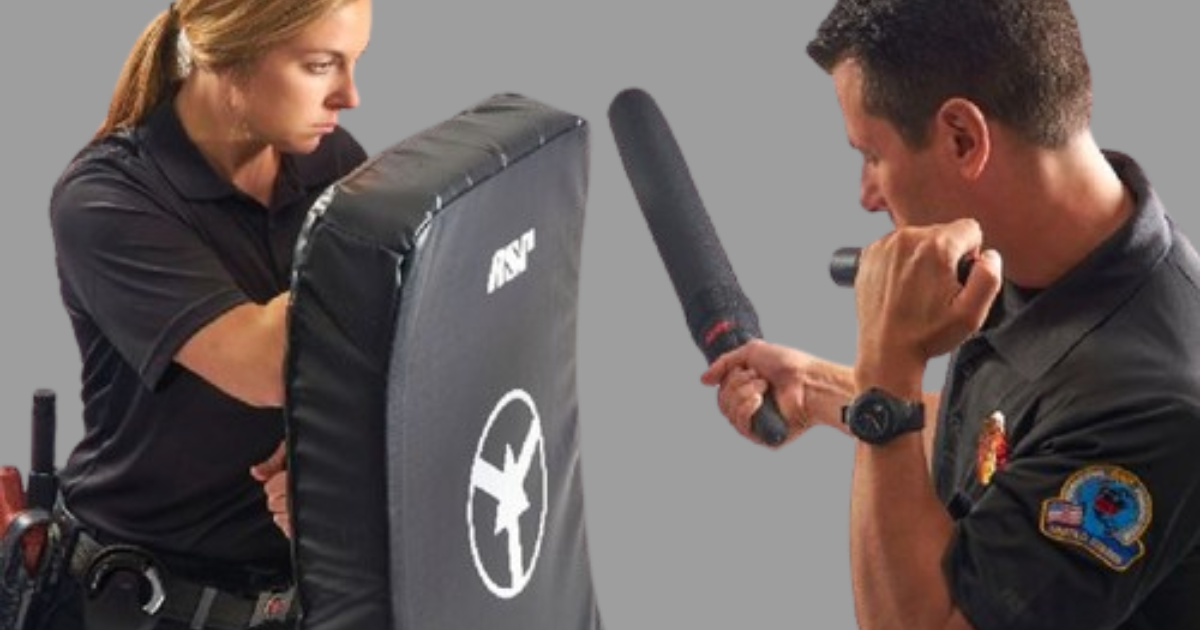Self-Defense Baton: Your Safety Stick: In an increasingly uncertain world, personal safety has become a paramount concern for individuals. As the demand for effective self-defense tools rises, the self-defense baton has emerged as a compact yet potent option. This article delves into the realm of self-defense batons, exploring their history, design, legal aspects, and the practical techniques that make them an invaluable asset in personal protection.
Self-Defense Baton: Your Safety Stick

The concept of using a stick or baton for self-defense is not a recent phenomenon. Throughout history, various cultures have adopted different forms of batons for protection. In ancient times, Greek and Roman soldiers wielded short sticks known as “rhomphaias” or “rodela,” while medieval knights used batons as secondary weapons alongside swords. The modern self-defense baton, however, has its roots in the truncheon used by law enforcement in the 19th century.
Anatomy of a Self-Defense Baton
Contemporary self-defense batons are typically designed with portability and ease of use in mind. Most batons consist of three sections: the handle, shaft, and tip. The handle provides a secure grip, often featuring ergonomic designs or added grip textures to enhance control. The shaft, usually made of durable materials such as steel or aluminum, extends to the desired length when deployed. The tip may be pointed or flat, depending on the intended use.
Legal Considerations of Self-Defense Baton
Before delving into the practical applications of self-defense batons, it’s crucial to understand the legal landscape surrounding their possession and use. Laws vary widely, and individuals must be aware of local regulations. In some places, carrying a baton for self-defense may be subject to specific restrictions or require a permit. Therefore, potential users should thoroughly research and adhere to local laws to avoid legal consequences.
Practical Techniques

Baton Deployment
- Quick Extension: To maximize the effectiveness of a self-defense baton, swift deployment is crucial. Training in the quick extension technique ensures that the baton can be ready for use in a matter of seconds. This involves a fluid motion of unlocking, extending, and locking the baton into place.
- Retraction: Equally important is the ability to retract the baton efficiently after use. Training should include practicing the smooth collapse of the baton, enabling the user to restore it to its compact form without fumbling.
Striking Techniques
- Target Zones: Understanding the vulnerable areas of an assailant’s body is essential for effective self-defense. Striking techniques should focus on areas such as the wrists, knees, and joints, incapacitating the opponent and creating an opportunity for escape.
- Defensive Strikes: Self-defense batons are not solely offensive tools; they serve a defensive purpose as well. Techniques like blocking and parrying can be employed to deflect incoming attacks, providing a window for the defender to respond appropriately.
Control and Restraint
- Joint Locks: Baton techniques can extend beyond striking to include joint locks. Skilled users can employ the baton to control an opponent’s limbs, immobilizing them without causing permanent harm.
- Pressure Points: Understanding pressure points allows for the application of controlled force to specific areas, influencing an assailant’s movements and rendering them temporarily incapacitated.
Disarming Techniques
- Weapon Retention: In situations where an assailant may attempt to disarm the defender, weapon retention techniques become crucial. These involve maintaining a secure grip on the baton while thwarting the opponent’s attempts to take it away.
- Disarmament of Opponent: Conversely, self-defense baton training includes techniques for disarming an assailant carrying a weapon. This requires a combination of strategic strikes and controlled maneuvers to safely neutralize the threat.
Training and Proficiency

While self-defense batons offer a powerful means of protection, proficiency in their use is paramount. Training programs, often offered by martial arts schools or self-defense academies, focus on developing the necessary skills and muscle memory. Continuous practice is essential to ensure that individuals can confidently and effectively utilize a self-defense baton in high-pressure situations.
Integration with Other Self-Defense Methods
The versatility of self-defense batons lies in their compatibility with other self-defense methods. Many practitioners integrate baton techniques into their overall self-defense training, combining skills such as hand-to-hand combat, pepper spray usage, and situational awareness. This holistic approach enhances an individual’s ability to adapt to diverse threats.
Conclusion
In a world where personal safety is a growing concern, the self-defense baton emerges as a compact yet formidable tool for protection. Its historical roots, coupled with modern design and practical applications, make it a versatile choice for individuals seeking effective means of self-defense. However, users must be cognizant of legal considerations and invest time in training to maximize the potential of this compact guardian. As an integral part of the evolving landscape of personal security, the self-defense baton empowers individuals to take charge of their safety in an unpredictable world.